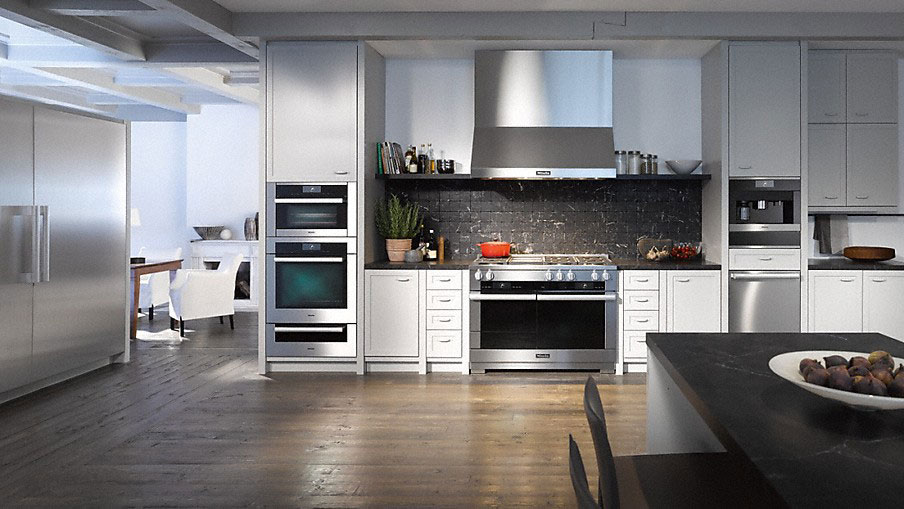Working with an appliance specialist is the most recommended advice we can give. In fact, you’ll need to sign a waiver if you don’t! Here’s why.
There is likely not to be a more technical part of your home than the kitchen. The technology and planning for it is going to make this one room the most technical aspect of the project.
Electrical / Plumbing:
Pay close attention to where outlets need to be. Often times it’s recommended that outlets be adjacent to their respective appliance in order to allow the appliance to be perfectly flush with the cabinets. Sometimes the only way to get the appliances completely flush is to have the outlets be recessed into the wall. There can be different voltage or plug types too. Some items have ventilation requirements too. You might also need to consult with your electrician if your current electrical panel can support the new load requirements of the kitchen. You might need to add circuits, or even upgrade the panel, which can be costly.

Continuity:
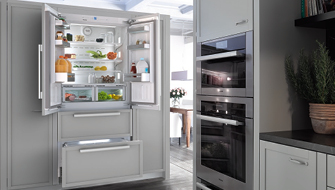
A kitchen that has consistency in aesthetics and function speaks volumes. If it looks like each piece was donated from a different uncle, then it’s going be a lot more difficult to sell when the time comes.
The Fridge & Freezers:
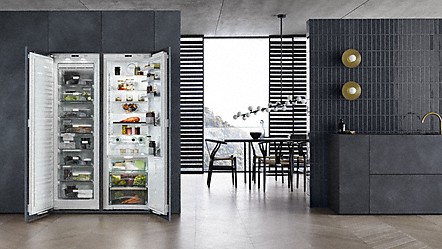
Today’s domestic made “built in” appliances usually have an option for “Standard Installation” or “Flush Inset.” The difference is significant and will affect the aesthetics and the built out of the cabinetry. Ensure you are informed by your specialist.
Most European brands are Flush Inset. This means that the panel of the appliance is flush with the panel of the cabinets, and that you can’t even tell the difference between the two. Furthermore, don’t forget the handle detail. Some new models are now touch open and require no handle.
Provide the specifications on openings and panels as well. Consider door swing clearances, especially near walls and inside corners.
Dishwashers & Under Counter Appliances:

Dishwashers and other under counter appliances may also come panel ready, meaning a wooden door may take the place of a stainless panel and hide them away. Some items require handles, where others can be integrated with a channel.
This will usually require the ADA compliant model to allow the channel to cross above it without making the base cabinets too tall. Some new models have touch open options to avoid the need of handles should that be part of the aesthetic of the cabinets. Make sure to provide the specifications on openings and panels too.
Ovens & Tall Cabinet Appliances:

At times, you might stack a speed oven on top of a regular oven, both of which may be above a warming drawer. Stacking all these may become troublesome. Make sure you understand how these dimensions work with each other, you might need trim kits. If there are items side by side, such as a coffee machine by a microwave, inquire to their heights. They might not line up in some models.
Cooktops:
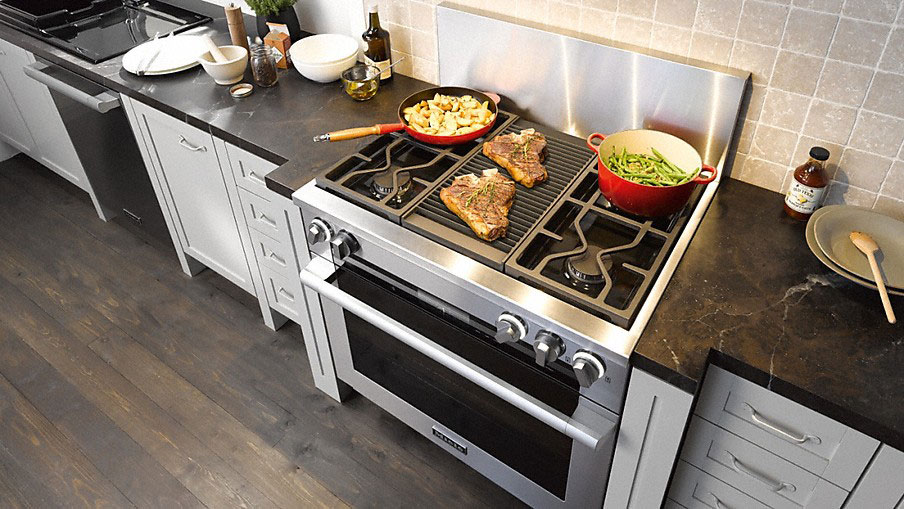
Make sure they fit in the base cabinet. A standard base cabinet interior opening is typically 1.5” less wide then its outer dimension. This means the cooktop housing will need to fit. Also, if you require a downdraft, double check to see that it will all fit.
Ventilation:
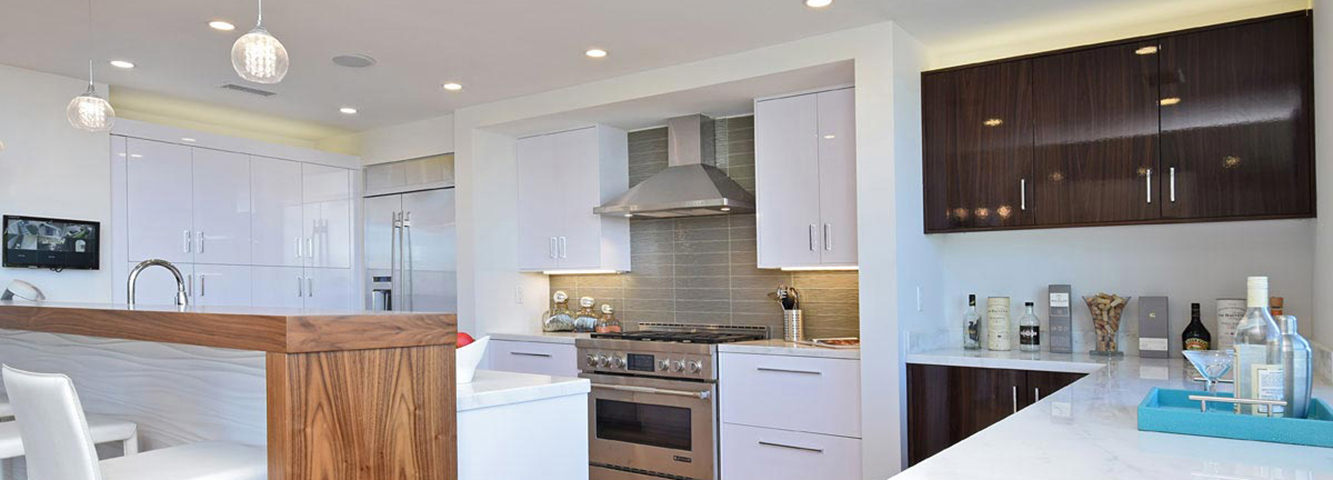
Don’t bang your head. Make sure you are aware of the relationship with the front of the cabinets and the front of the ventilation hood. If it is too low and/or sticks out too far then peeking into that rear pot might not be pleasant. If you are doing a full slab backsplash, make sure you account for the thickness of that slab before installing your hood and vent. It could get locked in and cause trouble for future service repairs.
We recommend installing the backsplash before the hood, this being able to adjust to the distance of the back wall. Also, make sure you have the right duct diameter as it might be too small for requirements and may end up extra noisy. If you’re given the option to have 30-36” clearance from the cooking surface, we vote 36”. The bigger backsplash, the better.
Island Power:
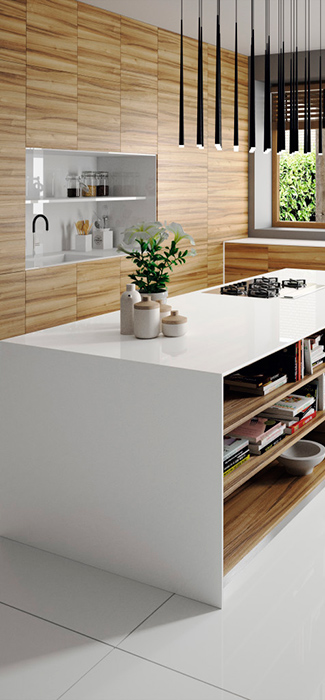
Too often we see beautiful slab waterfalls only to be pimpled by a large electrical outlet. Yes, you need power to your island per code. It’s nice to have a laptop near by when being casual. But today we have solutions to prevent this archaic approach to island power.
Plug strips, pop up power towers along with interior drawer power outlets are a few ways to correctly engineer these requirements. Or just slap an outlet right smack on the focal point.
Appliances Purchase Consideration:
Prior to cabinets going into production, we must be assured you understand the appliances you have purchased and what the final outcome of your kitchen is going to look like.
Expectations can be more accurate with informed experiences rather than assuming things will work themselves out. We never assume somebody else took care of it. This is why we urge that you request more than a receipt after your purchase. Get all of the specifications for your appliances.
Check to see if the options available for your appliance model aren’t ambiguous, and that you’re provided the exact specs for the way you want it. Ask for the panel specs too. The largest mistake occurs on refrigerators that have options on how they are installed. It’s affects everything. If you’re going for a high end flush install, then getting the correct trim kits and specs is paramount.

